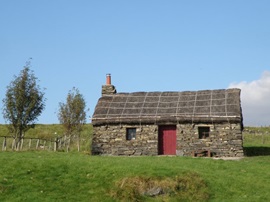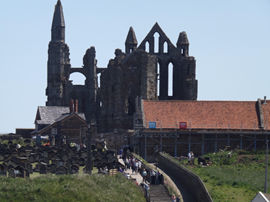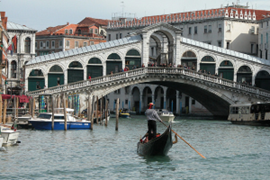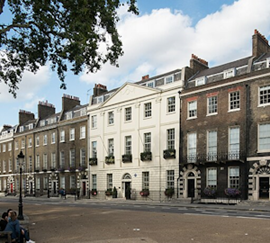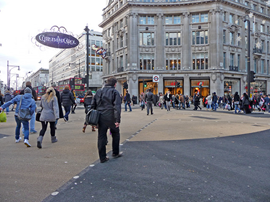Bristol Joint Station
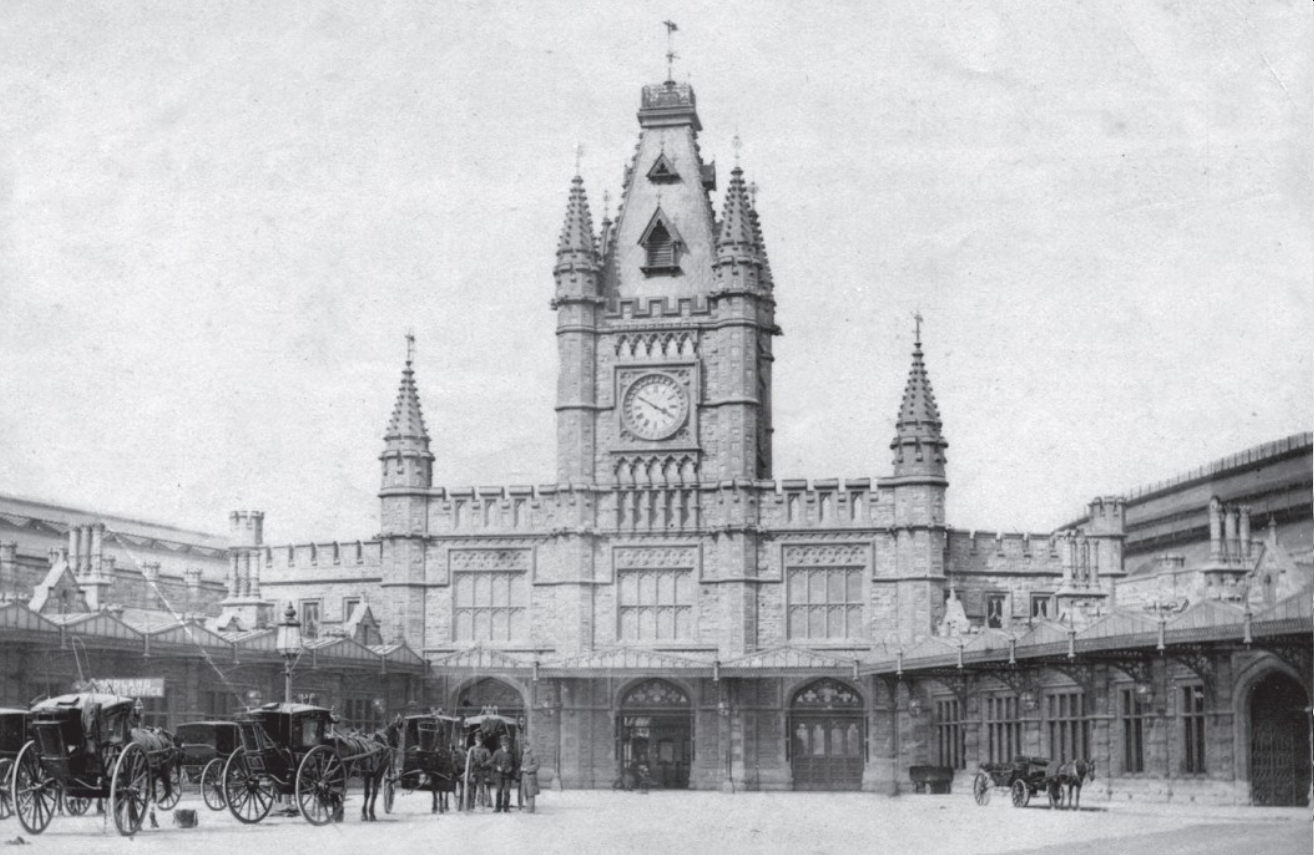
|
| Bristol Joint Station in a Victorian photo taken a short time after completion (Photo: David Martyn). |
A local architect has rewritten the history of Bristol’s Temple Meads railway station by discovering that its architect was Bristolian. Research by conservation architect David Martyn has attributed the Victorian Joint Station building to a local man, Henry Lloyd. The Victorian gothic-revival station building attached to Brunel’s old terminus had previously been thought to be by the London architect Matthew Digby Wyatt.
The research, published by the Bristol Industrial Archaeology Society, details the story of the virtually unknown architect.
Temple Meads Joint station was funded by the Great Western Railway, Midland Railway, and Bristol and Exeter Railway, who all shared cramped facilities in Brunel’s original station buildings. The new station, begun in 1874, more than doubled the capacity of the old building, creating the station much as it is known today.
Matthew Digby Wyatt had worked with Brunel on Paddington Station. Martyn believes that attributions to him since the 1950s have been groundless. ‘The chief engineer on the project, Francis Fox, was clear who was responsible for the architectural designs, but Lloyd was quickly forgotten. Lloyd’s final bill for design work was £500, a huge sum, but his claim was rejected by the station committee and he sank into obscurity.’
Lloyd was responsible for other buildings in the city, including terraces on Victoria Square. He also designed Exeter St David’s railway station with Francis Fox. The rebuilding of Temple Meads station reunited the two men a decade later.
Pivotal to the new discovery have been original drawings from the Brunel Institute, at the SS Great Britain.
Bristol Temple Meads is currently undergoing a £10.2 million refurbishment and David Martyn hopes that Lloyd might be commemorated when the restored building is unveiled.
This article originally appeared as ‘Bristol’s forgotten architect’ in the Institute of Historic Building Conservation’s (IHBC’s) Context 171, published in March 2022.
--Institute of Historic Building Conservation
Related articles on Designing Buildings
IHBC NewsBlog
IHBC Publishes C182 focused on Heating and Ventilation
The latest issue of Context explores sustainable heating for listed buildings and more.
Notre-Dame Cathedral of Paris reopening: 7-8 December
The reopening is in time for Christmas 2025.
Stirling Prize-winning Salford building to be demolished
The Centenary Building will be bulldozed as part of the wider £2.5bn Crescent regeneration project
Volunteers work to transform 100-year-old ‘hidden’ building into bothy
The building, named Druimnashallag, is located southeast of Oban.
The new ‘Arches for HERs’ Demo site, from the Getty Conservation Institute via HE
It shows how organisations responsible for historic environment records (HER) management can benefit from its powerful features.
ICOMOS-CIF 2024 Symposium celebrates 40th anniversary in Venice
It aims to critically review current practices and theories of conservation of built heritage around the world, and more.
HES establishes new national centre for retrofit of traditional buildings
HES plans to develop the centre follows £1m of funding from UKRI Arts and Humanities Research Council.
High Court rejects oral appeal against tower block decision in historic Bloomsbury
The request was for a full Judicial Review hearing against Camden Council’s approval of a 74m-high tower block in Bloomsbury.
Mayor of London and Government announce bold plans to transform Oxford Street
Plans include turning the road into a traffic-free pedestrianised avenue, creating a beautiful public space.
Crystal Palace Subway, for 160th anniversary
The remarkable Grade II* listed Crystal Palace Subway in South London begins a new era following major restoration.










